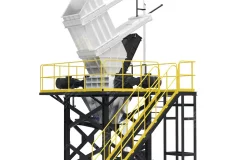
Medical waste disposal is a critical challenge for healthcare facilities worldwide. Traditional methods—often manual, inefficient, and space-consuming—struggle to balance safety, compliance, and operational efficiency. These outdated approaches expose workers to biohazards, lack scalability, and fail to meet strict environmental standards.GEP ECOTECH’s Integrated Medical Waste Shredding & Sterilization System offers a smarter solution. Designed for high-throughput operations, it combines precision shredding with sodium hydroxide (NaOH) chemical disinfection, transforming hazardous waste into pre-treated, compliant material. Whether handling sharps, plastics, textiles, or mixed medical waste, our system ensures safe and adaptable processing, seamlessly integrating with incineration, autoclaving, or landfill disposal workflows.How It WorksFrom intake to final packaging, every stage is engineered for safety, efficiency, and compliance:1. Smart Feeding & Pre-SterilizationWaste is loaded via a bucket elevator
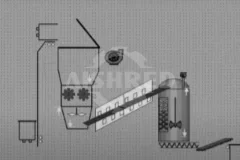
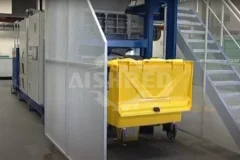
For those involved in the medical waste treatment industry, you might be wondering if there is a best solution for handling medical waste. Let’s start by understanding what medical waste is and how we can manage it effectively. Medical waste can consist of a variety of materials, including rubber, glass, plastics, textiles, gauze, needles, scalpels, and more. The density of these materials ranges from 65 to 3600 kg/m³. So, what should we do with the waste collected from hospitals, clinics, laboratories, and other medical facilities? Clearly, we cannot treat medical waste the same way we handle general solid waste. At the very least, we cannot send it directly to landfills, as it is classified as hazardous waste. In fact, as time has passed, direct landfill disposal of medical waste has been increasingly restricted in many countries and regions. Companies like AI Shred have emerged, offering solutions for recycling stale wastes. However, today we are focusing on more commonly accepted methods for managing
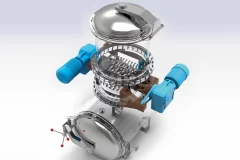
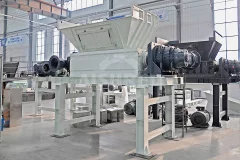
Medical waste is a type of solid waste that must be properly managed because it contains potentially infectious microorganisms and has specific characteristics. The World Health Organization, as well as various countries and regions, have established strict disposal guidelines and regulations for medical waste based on its characteristics. The biggest difference between medical waste and municipal solid waste is that medical waste must undergo microbial inactivation treatment. High-temperature steam sterilization is the most commonly used method of treatment, with other options including chemical disinfection.To ensure thorough disinfection of medical waste, preprocessing is highly recommended. Shredding the waste facilitates the efficiency of subsequent processing. In China, medical waste can only be handled by qualified treatment facilities, which prevents medical institutions from managing medical waste on their own. However, in other areas, some small medical institutions may seek flexible disposal
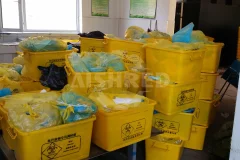
Biomedical waste, including sharps, infectious materials, and chemical waste generated from healthcare facilities, poses significant environmental and public health risks if not managed properly. In recent years, advancements in technology have spurred the development of innovative treatment and disposal methods to address this pressing issue. This article explores some of the emerging technologies in biomedical waste management and their benefits.Incineration.Incineration is a high-temperature oxidation process that involves combustion of the organic portion of BMW components, producing gaseous emissions and inorganic solid residues (ash).These emissions include steam, carbon dioxide, nitrogen oxides, particulate matter, and toxic substances (for example, metals, halogenic acids). In addition, under suboptimal combustion conditions, carbon monoxide and hazardous pollutants such as dioxins and furans may be emitted. Incineration significantly reduces waste volumes (typically 85 to 95 percent), and eliminates
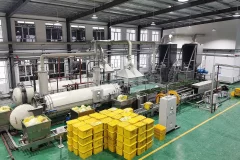
A Common Waste Treatment Facility for HealthCare Facilities (CWTF) is a set up where healthcare waste, generated from a number of health-care units, undergoes necessary treatment to reduce any adverse effects that this waste may pose. The CWTFs are cost effective, easy to operate and maintain, rather than individual health-care facilities having their own waste treatment and disposal options. Treatment facilityThe following amenities shall be provided in any common waste treatment facility:Autoclave (Pre-vacuum horizontal feeding)/ Hydroclave/Microwave.Incineration (for waste belonging to Categories 1, 2 and 5 only).ShredderSharps pit/Encapsulation/Recovery of metal in some factory may be considered.Facility for bin-washing, floor-washing, vehicle-washingEffluent Treatment PlanOnly waste Categories 1 and 2 as described in the Bio-Medical Waste Rules shall be incinerated (if secured sanitary landfill is not available, waste Category 5 may also be incinerated).All other infected waste shall be subjected to
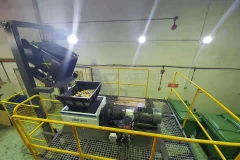
How to Select a Medical Waste Shredder?
2023-12-18Medical waste, as a special type of solid waste, must be properly disposed of in order to achieve harmless treatment. At present, the treatment methods for medical waste mainly include high-temperature incineration method, sanitary landfill method, pressure steam sterilization method, chemical disinfection method, dry heat shredding sterilization method, electromagnetic wave sterilization method, high-temperature pyrolysis sterilization method, etc. From these methods, it can be seen that sterilization and disinfection are the first step, after which it is basically necessary to shred medical waste before proceeding with the subsequent treatment processes.Now, let's talk about how to select a medical waste shredder? Medical waste mainly includes various needles, syringes, infusion bags, protective clothing, surgical clothing, expired drugs, vaccines, and so on. These waste components are relatively complex, and there are many flexible materials. A double-shaft shearing shredder should be selected.The double-
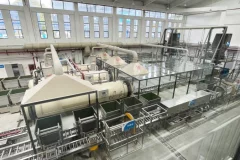
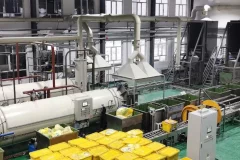
GEP ECOTECH has been committed to manufacturing shredding systems for medical waste since 2013.Our shredders serve over 20 project sites in hospitals, clinics, healthcare facilities and treatment centers around the world, which have been running well in the shredding of soft and hard materials.Although not all wastes generated in medical institution are called medical waste, appropriate treatment of waste will help with reduction of medical waste and medical waste must be disposed of carefully to prevent the spread of disease and environmental contamination.With the advancement of medical techniques and the expansion of medical fields, this Management&Collection--Transportation--Treatment(Sterilization autoclave & Shredder system to reduce its size and remove the risk areas)--Disposal(treated like other municipal waste) chain has become the worldwide mainstream in medical waste treatment. While, shredding is the VITAL STEP.GEP has the highest processing quality and strongest production ability. (Adopting
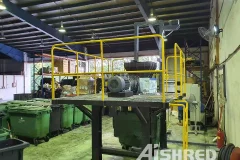

Project OverviewIn an effort to revolutionize waste management practices, the Philippines has embarked on a pioneering project involving a 0.5-ton/h biomedical waste shredding machine. This shredder is used to shred medical waste such as needles, syringes, medicine bags, dirty dressings, gauze, diagnostic samples, expired medicines, etc. The project aims to enhance public health, environmental sustainability, and overall waste management efficiency. Biomedical Waste Shredding Machine OverviewAt the core of this initiative is the cutting-edge biomedical waste double shaft shredding machine. Specifically designed for biomedical waste, this state-of-the-art equipment operates on a dual-shaft mechanism, ensuring thorough and secure shredding of various biomedical materials. From medical packaging to syringes, the machine's advanced design tackles the diversity of biomedical waste with precision. Key Features of the Biomedical Waste Shredding Machine:Dual-Shaft Design: The machine's dual-shaft configuration



